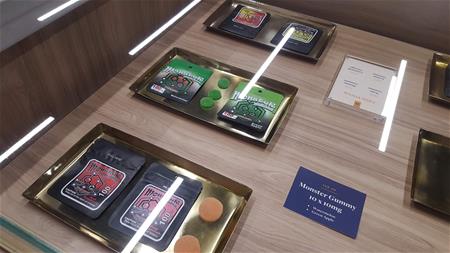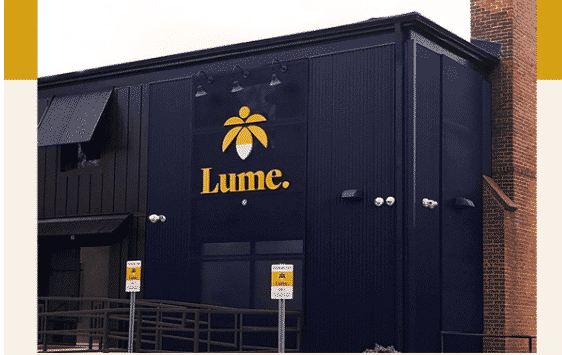
#Lume evart mi manual
We created an employee manual on the human resources side, and we created a standard operating procedure guide on the retail side. “So we just began to better document our standard operating procedures (SOPs). “I brought some of that discipline that you need to standardize things, because w And, as you expand, it can get watered down,” Dowdell said. The purpose of the first store was for Lume to craft and hone its processes and procedures so they could be easily replicated in future stores. Lume started with a cultivation facility that fed a so-called proof-of-concept store, both in Evart, Michigan. We open a lot of stores, and that’s a fun model,” Dowdell said.

His mandate at Lume is to help the company reach 100 stores by 2025, up from around 30 currently. While at Bose, he helped grow the company from 100 to 175 stores. “As our cultivation went from two facilities to now eight sites-soon to be nine-that gives you the confidence to say, ‘OK, now you can open up more retail.’ It’s just trying to manage both.”īefore joining Lume in September 2019, Vice President of Retail Operations Michael Dowdell had spent 16 years with Bose Corp., a Boston-based sound-system company. “We had to slow down a bit when it came to opening retail because we were buying so much wholesale product,” Monaco said. Only then, in January 2021, did they open their next store. “You’re scaling your retail as you’re scaling your cultivation to make sure that they stay neck and neck based on the demand that you have from your retail,” Monaco said.įor example, by mid-2020, Gage had opened five stores, but production couldn’t keep up with demand. So Monaco resisted opening more stores until the company had launched its third cultivation site and enlisted contract growers to meet demand. He added that success lies in making sure your cultivation facilities are producing the right amount for your retail outlets. When considering whether and where to open a new cultivation site or bring on a new contractor, Monaco first considers demand, followed by market potential. “We basically get our own product on the shelf at zero cost and split the retail price with that producer.” “It’s a very capital-light model,” Monaco said. He added that the company would consider acquiring the growers, as that would increase margins to 70% or more.Īlthough with the current arrangement, Gage doesn’t have to make capital or operational expenditures on behalf of contract growers. Gage makes about 50%-53% gross margins with contract growers, Monaco said. “It’s kind of a step-by-step progression and process, where you buy wholesale from them, then you give them a couple of your own genetics to see how they perform with your stuff. “We thrive in identifying great cultivators and then asking them to join the family,” Monaco said. If a certain cultivator’s product is performing especially well, Gage will explore inviting them to become a contract grower, pending appropriate vetting. Gage’s own products make up about 60% of its sales, with the other 40% coming from other cultivators. And as we continue to open up retail, I think the contract growing is also a big differentiator for us in the industry,” Monaco said. To support those retail outlets, Gage also has five contract growers for a total of eight cultivation facilities, including three of its own.Ĭontract manufacturers have been a key part of Gage’s scaling strategy. “We’ve ramped up our cultivation with our contract growers. Gage has opened five more stores so far in 2021, bringing its total to nine. That facility became Gage’s “flagship” grow that the company would use as a “showcase,” Monaco said. Gage opened a third cultivation facility in 2021, essentially doubling the company’s canopy space, Monaco said.

“Once we had that brand validation in the market, then we really had the confidence to go big.” We controlled how the consumer received the brands, how they interacted with the brand at retail,” Monaco said. “We focused on funneling all the product we grew into our retail channels. When Gage started, the company intended to use its small cultivation facilities and retail outlets to establish brand recognition for its cannabis products before going big, Monaco explained.


 0 kommentar(er)
0 kommentar(er)
